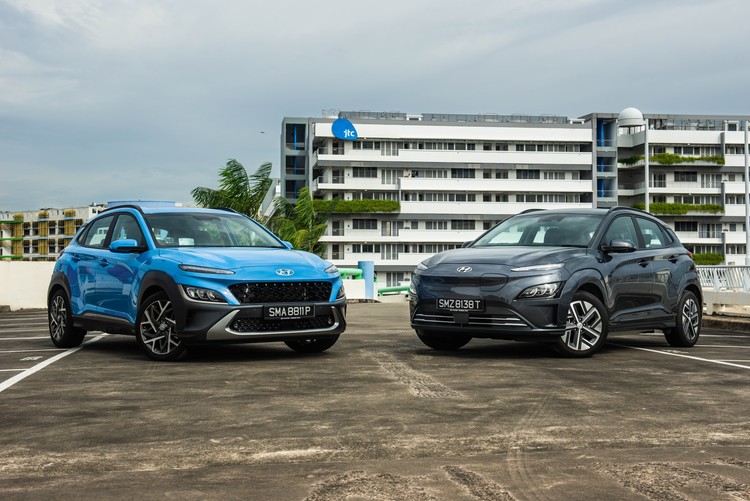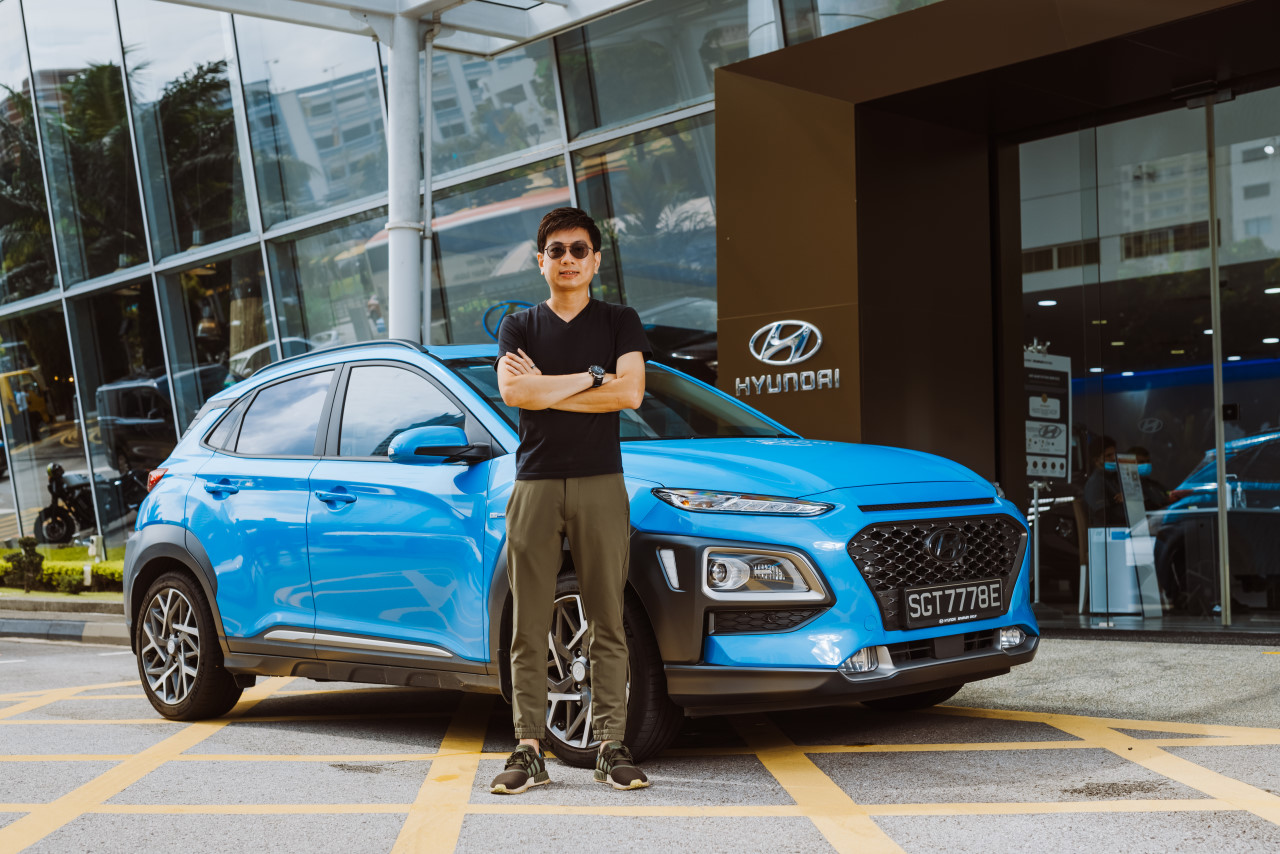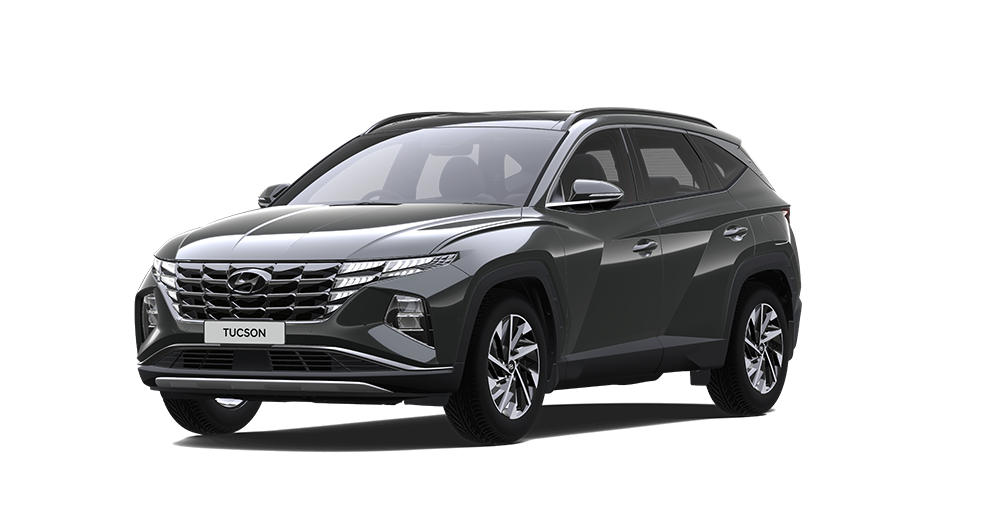SINGAPORE – Barely three weeks after The Straits Times test drove the Hyundai Ioniq 6 in South Korea, the sleek electric saloon is here.
Either the export division of the car maker is very quick or the international media test drive department is extraordinarily slow.
The Ioniq 6 is more dashing than the slab-sided Ioniq 5 crossover, with which it shares many underbody components.
Looking like a blend of the Mercedes-Benz CLS, the Porsche 911 and the old Citroen Pallas, the saloon’s design is not merely a flight of fancy.
There is method to its slippery silhouette, as it makes the car more aerodynamic – a crucial trait for all vehicles, but even more so for electric models.
The Ioniq 6 has a drag-coefficient of 0.21, just shy of the record-setting value of 0.20 posted by another electric saloon – the Mercedes-Benz EQS.
The Hyundai, however, is substantially smaller – and more importantly – significantly lighter than the Merc.
The car is 4,855mm long, 1,880mm wide and 1,495mm tall, with a 2,950mm wheelbase. The dual-motor long-range variant tested here weighs 2,024kg, which is similar to an equivalent Ioniq 5, but lighter than most EVs of its size.
Together with its wind-cheating shape, the car is able to deliver excellent efficiency. The test car averages 16.6kWh/100km, which is excellent for a vehicle of its size and performance, and better than Hyundai’s declared 16.9kWh/100km.
Based on its battery size of 77.4kWh, the car is good for a range of more than 460km.
Approximately the size of a Toyota Camry, the all-wheel-drive Ioniq 6 hits 100kmh in 5.1 seconds and attains a top speed of 185kmh.
The Tesla Model 3 Performance outpaces the Hyundai and matches its consumption figure, but the Tesla is smaller and significantly lighter. Strange then, that the American EV is far less pleasant to drive and ride in.
At the wheel, the Ioniq 6 feels like what you would expect of a relatively low-slung car with a long wheelbase. It has a supple ride.
Indeed, the ride quality is one of the best found in an EV, betraying none of the thumpiness which heavier rivals cannot seem to shake off.
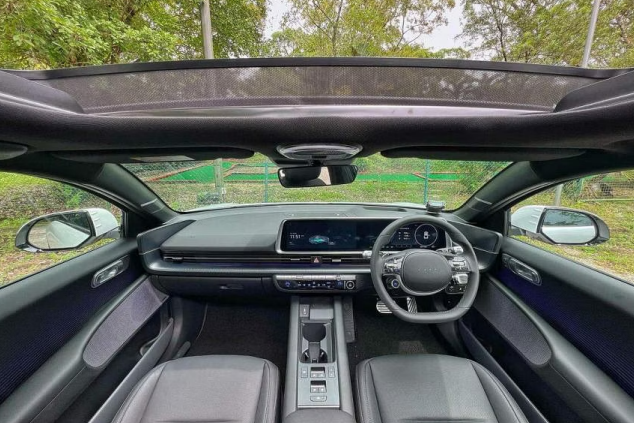
Driving enthusiasts often equate a firm ride to handling prowess. On public roads, the contrary is often true.
The Ioniq 6 is far from tardy in the handling department. For its size, it hardly places a foot wrong, and its overall drivability is enhanced by a keen and responsive steering, as well as excellent visibility.
Where its size might be a hindrance (say, reversing in an old carpark), the Hyundai’s crisp 360- degree camera makes things easy.
Its lounge-like cabin is a plus. Clutter-free doors with ambient lighting, a sleek floating centre console with storage space beneath, slim air-conditioning vents and a panoramic glass roof give the interior a classy look and feel.
Like the Ioniq 5, a column shifter frees up surface space, contributing to the cabin’s clean layout.
A cute design element can be seen on the metal-clad pedals – the accelerator has a plus sign, while the brake pedal has a minus sign.
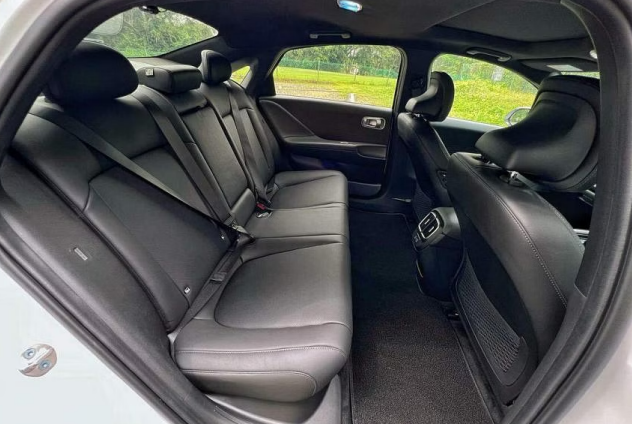
Despite its sloping roof, rear headroom is adequate. But legroom is diminished because the front seats are anchored close to the floor and not raised like in the Ioniq 5.
The only thing which is a little out of place for such a sizeable car is its boot.
The Ioniq 6’s boot is 401 litres (augmented by a ridiculously small frunk), compared with 527 litres for the Ioniq 5. The 6’s boot opening is also somewhat constricted, but not as bad as the Tesla Model 3’s.
Compared with other EVs, the car is smooth and quiet. But a couple of niggles mar the experience.
One, the test car’s radar-assisted adaptive brake regeneration system fails to work.
This system is useful for urban driving, allowing the car to slow down automatically when it senses it is close to a vehicle in front. In the Ioniq 5, it was flawless.
Two, its front parking beepers fail to come on automatically. You have to shift to Reverse to activate them before inching your way forward.
The good thing is that the car has an auto-stop for reverse parking. It activates the brakes when you are close to an obstacle, but still allows you to inch backwards if you step on the accelerator to override the auto-stop.

At around $263,000, it is decently priced. In fact, it is more competitively priced than the Model 3 Performance.
You may say the Tesla has better performance specs, but in the real world, the Hyundai is more of a car and, more crucially, is much easier to live with.
Hyundai Ioniq 6 AWD
Price: $262,888 with COE
Motors: Permanent magnet synchronous with 77.4kWh battery
Transmission: Single-speed with paddle shift for modulating energy regeneration
Power: 239kW
Torque: 605Nm
0-100Kmh: 5.1 seconds
Top speed: 185kmh
Fuel consumption: 16.9kWh/100km
Agent: Komoco Motors
Source: The Straits Times © SPH Media Limited. Permission required for reproduction.


